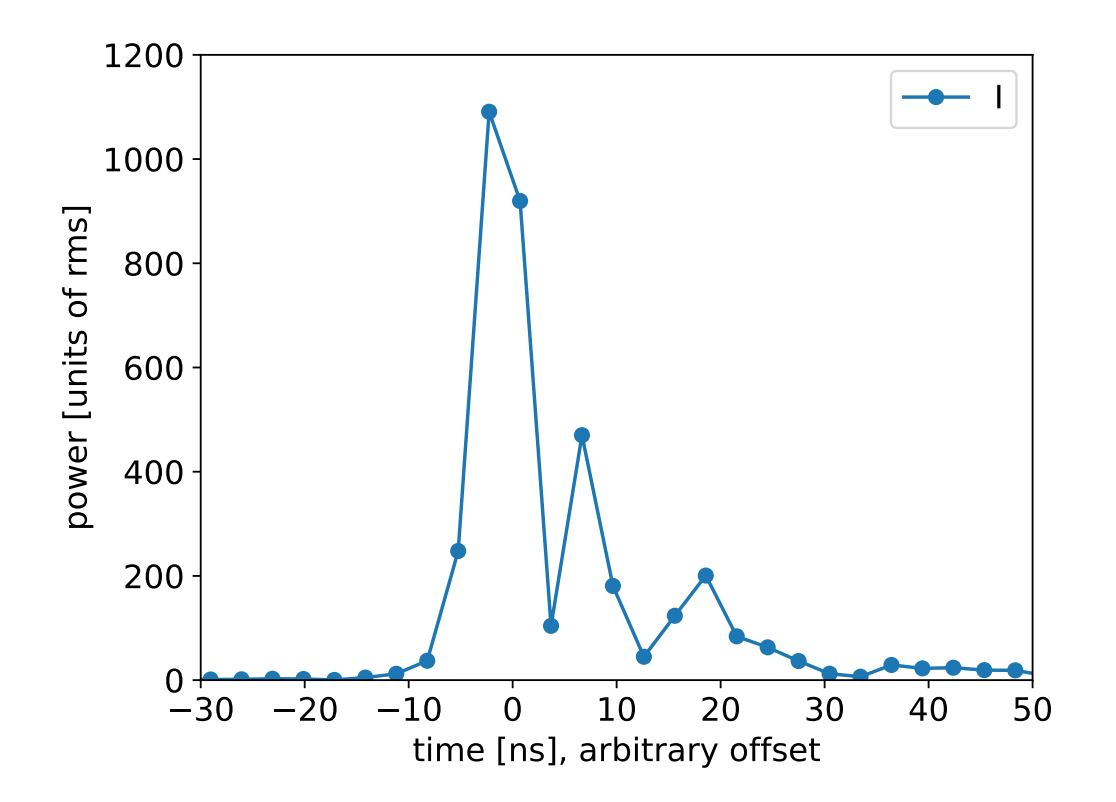
(Apologies for the break, I was travelling.)
In space circles, not that I'm a part, there's plenty of interest in one of Jupiter's moons, Europa. Why? After all, it's just one of Jupiter's - wait for it - 95 moons. It's only the fourth-largest of them. It was discovered, with the three larger moons, over 400 years ago. (By the great Galileo Galilei.)
So why is Europa, particularly, attracting modern astronomers' interest? That's because Europa seems to have a remarkably smooth surface - in contrast to our Moon - riddled with long criss-crossing lines. We first realized this about Europa in 1979, when the Voyager missions flew past this moon and sent us photographs of its surface.
Over the years, scientists have pondered the meaning of the smoothness and the lines. The consensus they have reached is that Europa has a nearly planet-wide saltwater ocean, containing twice as much water as Earth's oceans. On that ocean floats a thin crust of ice. Thus the smoothness. And there are long cracks in the ice. Thus the lines.
All this suggests a most appealing possibility on faraway Europa: life. The presence of water is a marker, for sure. But also, intriguingly, the cracks in the ice. Astronomers have observed plumes of something spewing through those fissures. Presumably that's water from the ocean below. Now if those plumes are caused by hydrothermal springs below the bottom of the ocean that send minerals spewing up through the water; if there's a temperature difference between the ice and the water - well, those are more reasons to look for life.
For on Earth, we know that the chemical reaction between such undersea springs and salty seas was crucial for the emergence of early life. What's more, we know about simple life forms that gather where water, ice and the atmosphere meet. For example, we've found them on the underside of Antarctica's ice cover, where there are cracks. (There's more to say about the role of the atmosphere, but leave that for another time.)
All this is why NASA launched the Europa Clipper mission on October 14 last year. After soaring nearly 3 billion km through our solar system, it will reach Jupiter's neighbourhood in April 2030. Then it will start on 49 separate approaches to Europa, some getting to within 25km of the surface. These will, NASA says, "help scientists better understand the astrobiological potential for habitable worlds beyond our planet."
But while all this is exciting by itself, it also gives scientists (and dilletantes like me) something to think over. Consider a few facts:
* Earth is about 4.5 billion years old.
* It was very hot for at least 500 million years, and thus uninhabitable by any lifeforms until about 4 billion years ago.
* Some scientists think there are signs that our planet supported life 3.8 billion years ago. There is definite evidence of life 3.5 billion years ago.
* Those were single-cell organisms, and that's all the life that existed on Earth for between 2 and 3 billion years.
* Scientists have dated the earliest multi-cellular organisms to 600 million years ago, though there's recent evidence of algae-like organisms from 1.56 billion years ago.
* Since then there has been a remarkable flowering of life on Earth, all the way to you reading these very words.
Given these facts, here's the question scientists and dilletantes alike have: why did it take so long for single-cell lifeforms to evolve into multi-cellular organisms? Even if evolution was rapid after that, why the early slow progress? Thinking about that has led to a degree of scepticism in some scientific circles about life on Earth evolving by itself at all. After all, there was a very short interval in which it had to happen - between 4 billion years ago when the planet had cooled enough, and 3.8 billion years ago when we have those signs of life. Just 200 million years, then, for non-life to turn to life.
How do we square that short window with the 2 or 3 billion years needed for the next major stage in evolution?
Trying to answer that has given rise to an idea called "panspermia": that life can travel from planet to planet on meteorites or comets.
In particular, it's generally thought that Mars was more habitable early in its life than Earth was - not least because, being further from the Sun than Earth, it cooled more quickly than Earth did. Sure, we don't yet know if there ever was life on Mars. But suppose there was. Could it have travelled to Earth, in those early years, on a meteorite? (We have found meteorites that originated on Mars.) Was this the seed for life on Earth?
In fact, could life on Earth have in turn seeded life on other cosmic rocks out there?
With this in mind, some scientists have actually designed a scientific instrument that can detect DNA easily. DNA, because it is fundamental to life, and was present in the earliest lifeforms that appeared on Earth. One day, maybe an instrument like this will be deployed on other celestial objects. Like Mars. Like Europa.
Europa Clipper is not carrying this instrument, because it will not land on Europa. But the idea of detecting indicators of life is alluring. The craft does carry a Surface Dust Analyzer (SUDA). It is designed to analyze particles of dust and ice shot into space by the plumes erupting from Europa's surface. Simulations have shown that it can detect traces of cell material in even a single grain of ice.
Sometime after April 2030, we will start getting from Europa Clipper the results of such detective work. My feeling is, it won't find anything suggesting life.
But what if it does?
If you liked this article and would like to see more, please consider pressing that "Support" button below. And thank you!















Write a comment ...